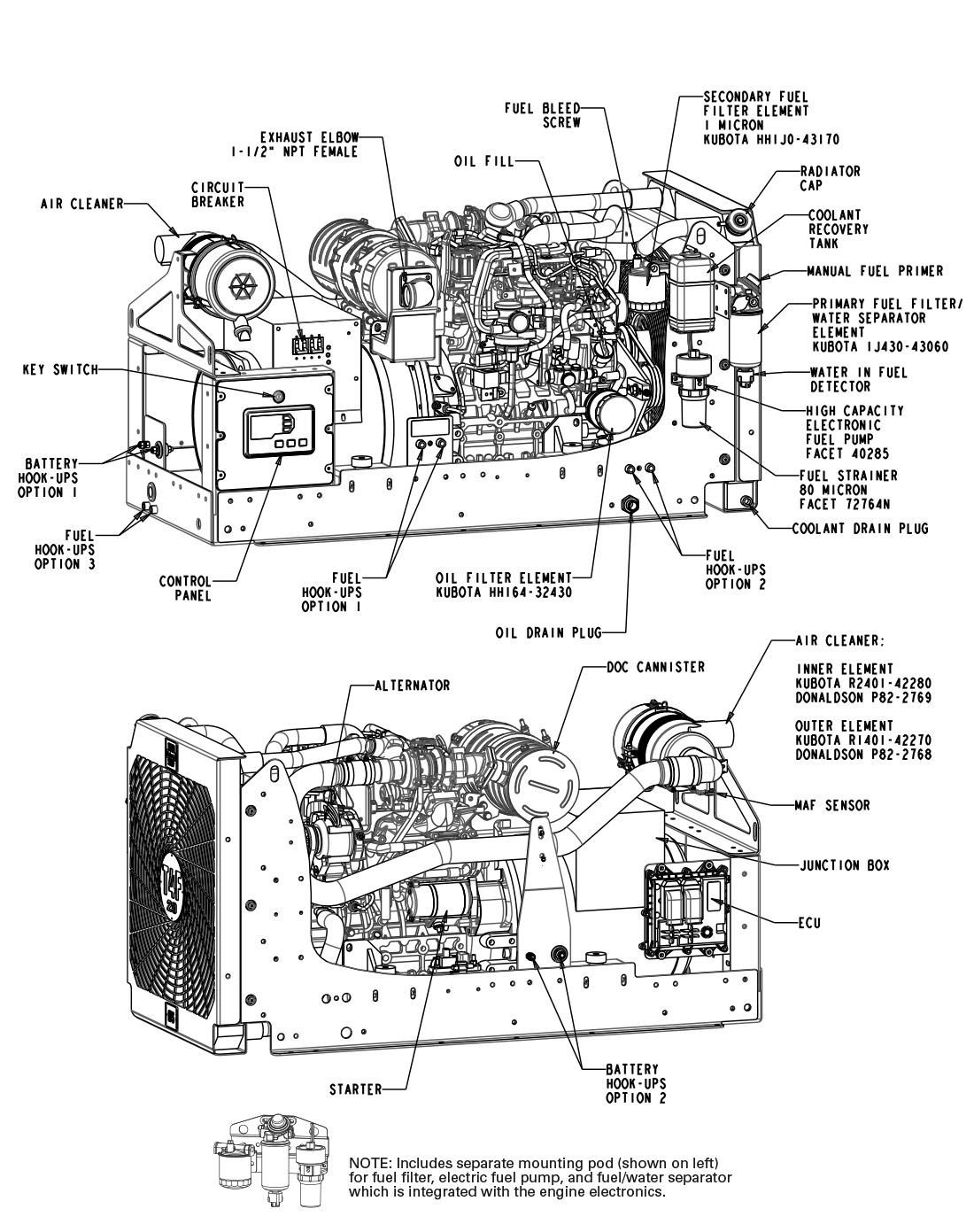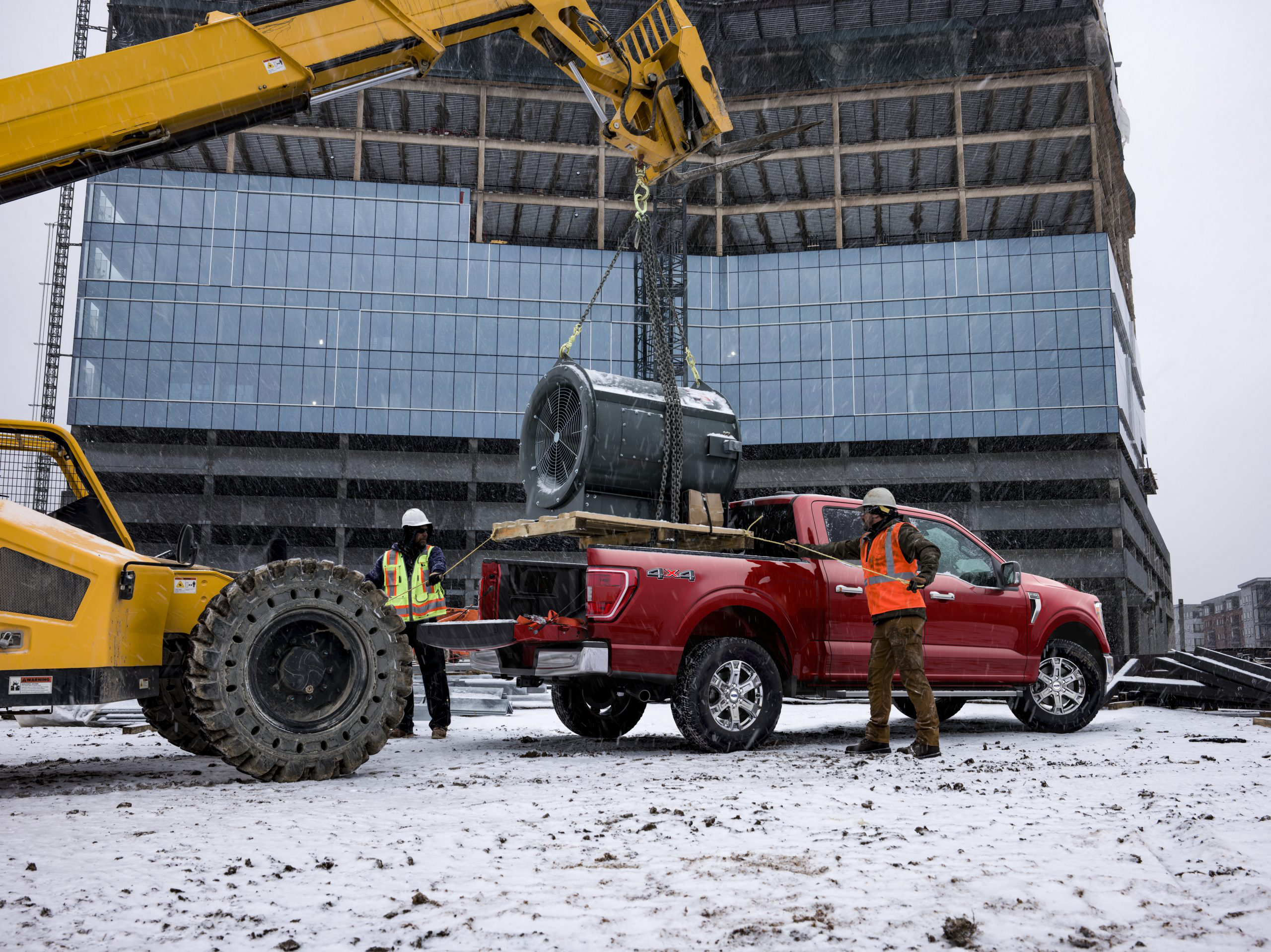

First, keep the refrigerator, sump pump, and lights running – that eats up about 2,000 watts once the appliances have started up.
7.2 kw generator generator#
Putting this all together, let’s take a look at how a 7,500-watt generator can power your home during an outage. Each pump draws close to 1,000 watts of running power, but startup power requirements can be between 2,000 and 3,000 watts. If you have a sump pump or well pump, it’s also important to budget for those. What else might you need to power in your home? Lights can be a big energy draw if you turn enough of them on – incandescent bulbs draw about 60 watts each, while LED bulbs drop your energy use to around 12 watts per bulb. Washing Machine – 500 watts (1,400 surge watts).Most other common appliances use less than 1,000 watts: The most power-hungry appliance that most homeowners will want to run during a blackout is a refrigerator and freezer, which requires about 700 watts of running power and 1,200 watts of surge power.

These use up only about 1,200 watts each (1,800 watts of surge power for a window air conditioner).Īcross the rest of your home, power requirements are likely to be much more modest. If you want continuous heating and cooling while also using other appliances, you’ll probably want to switch to powering a space heater or window air conditioner. But, being able to run them at all is huge because it means you can turn the AC or heat on for a little while, then unplug those systems and use the rest of your house once the temperature has stabilized. These systems will likely take up most of your available power. A heating system requires 5,000 watts or more, with no surge wattage requirement. Depending on the size of your air conditioning system, running this requires between 3,800 to 6,000 watts of continuous power and around 8,000 watts or more of surge power.

The most important reason to opt for a 7,500-watt generator over a less powerful option is that it allows you to run a central air conditioning or heating system. You probably won’t be able to power everything in your house at the same time, but there’s a good chance that using your home more or less as you normally would requires less than 7,500 watts. Powering Your Home with a 7,500-watt GeneratorĪ 7,500-watt generator is the perfect size for powering most of the things that you need in your home during an extended blackout. The power draw after startup of everything you have plugged into the generator must be less than the running wattage, or else you’ll overload the generator. The second is the running power rating, which is the wattage that your generator can put out continuously for as long as there is fuel in the gas tank. Typically, the surge power rating is important because motor-driven appliances like power tools, pumps, and refrigerators and freezers require more power when starting up than once they are running. The first is the surge power rating, which is the number of watts that a generator can put out for a few seconds. When talking about 7,500-watt generators, it’s important to recognize that there are really two different power ratings involved: the surge wattage and the rated wattage. Is 7,500-Watts the Right Size for You? Understanding Generator Wattages.Powering a Work Site with a 7,500-watt Generator.



 0 kommentar(er)
0 kommentar(er)
